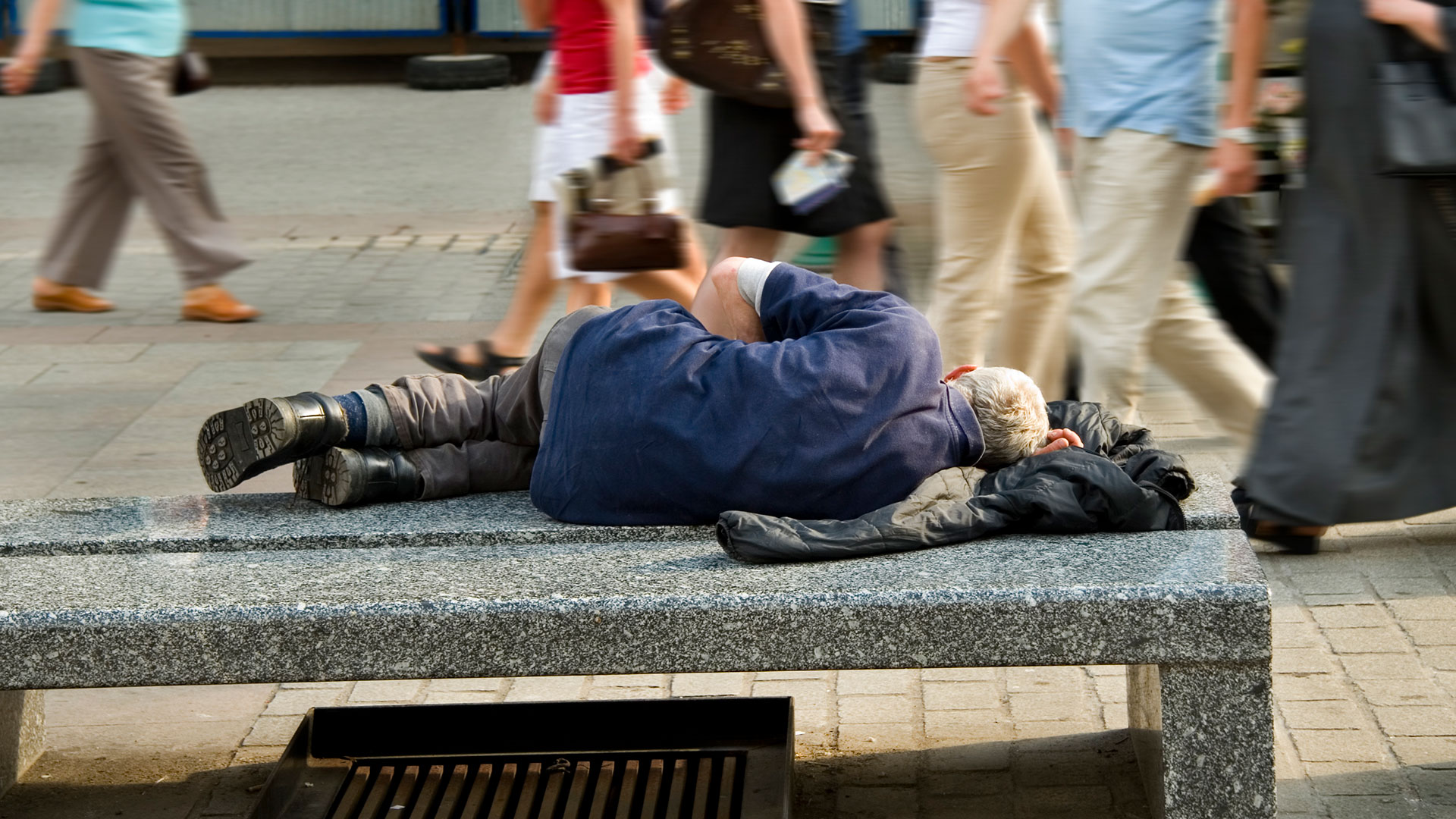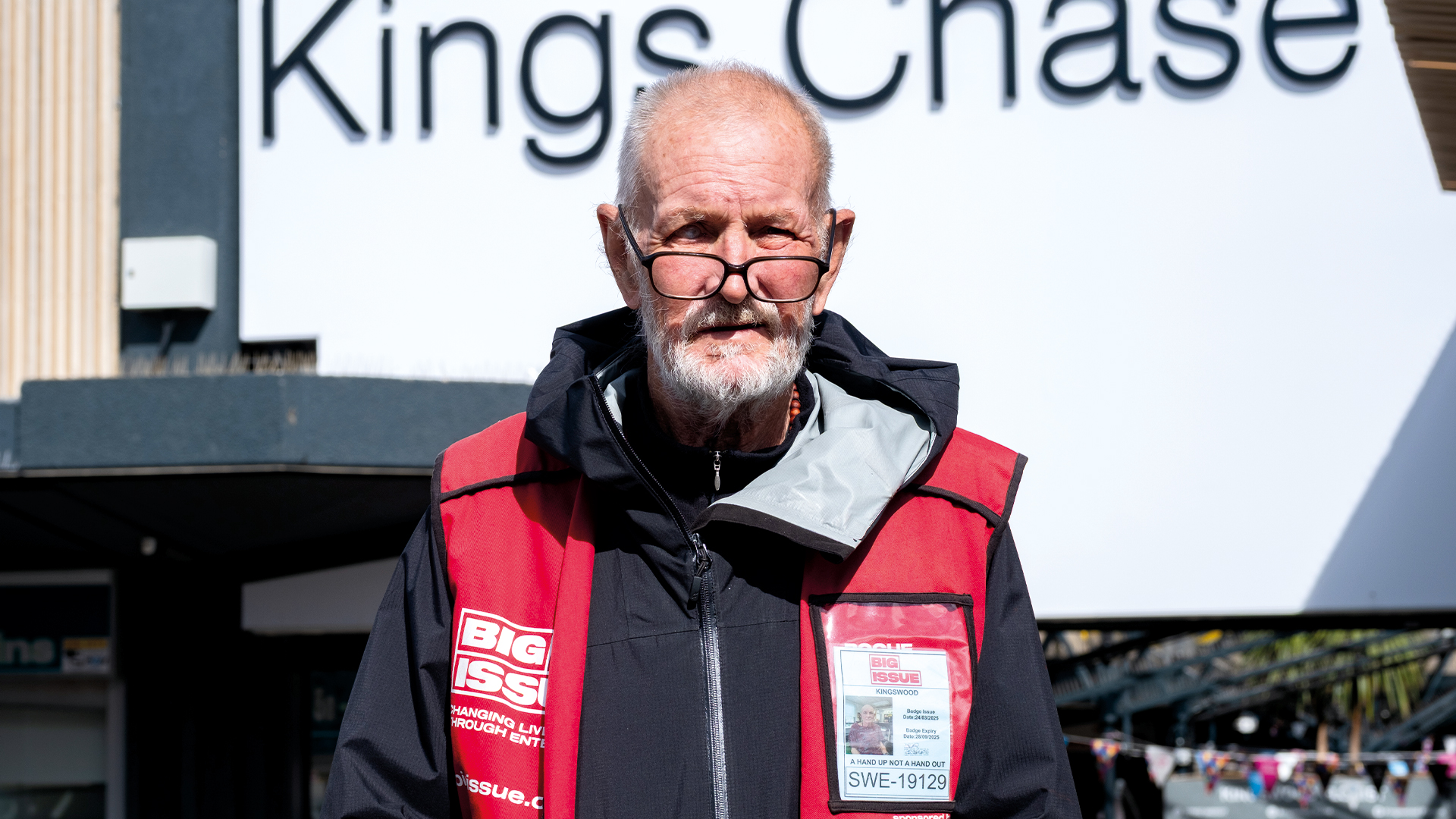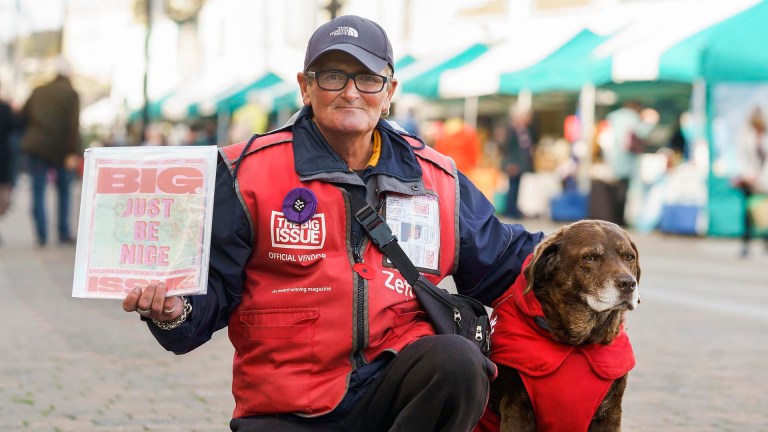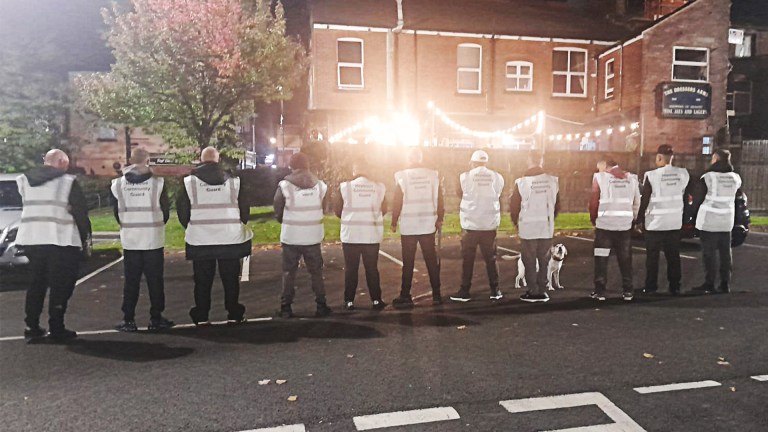London recently saw a dip in the number of people sleeping rough for the first time in a decade – but hidden amongst those figures was an eight per cent increase in people returning to the streets after time away.
Homelessness charity St Mungo’s found almost one in six people seen sleeping rough in the capital throughout 2017 and into this year had returned to the streets after a gap of at least one year, a total of 1,119 individuals.
This is the highest number and highest proportion of people returning to rough sleeping after some time away since this measure was first recorded on the CHAIN database of rough sleeping in London in 2005.
But why would people return to the streets after time away? The ‘On My Own Two Feet’ report from St Mungo’s was researched and written by a group who have their own experience of homelessness.
The report found various push and pull factors were contributing to repeat rough sleeping.
Push and pull
For rough sleepers, push factors include being asked or forced to leave accommodation, choosing to leave unsuitable accommodation, and rules such as not allowing couples, pets or excessive demands.While these factors are usually not enough on their own to cause a person to leave, they grow and multiply over time to have a larger impact on a decision to leave accommodation and return to the street.





